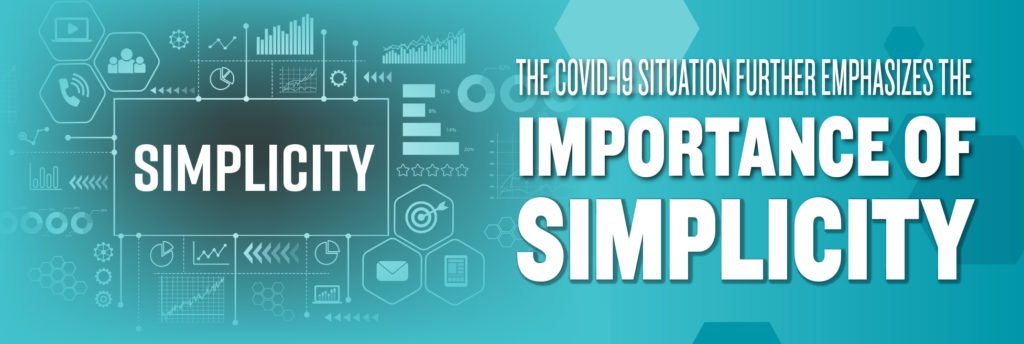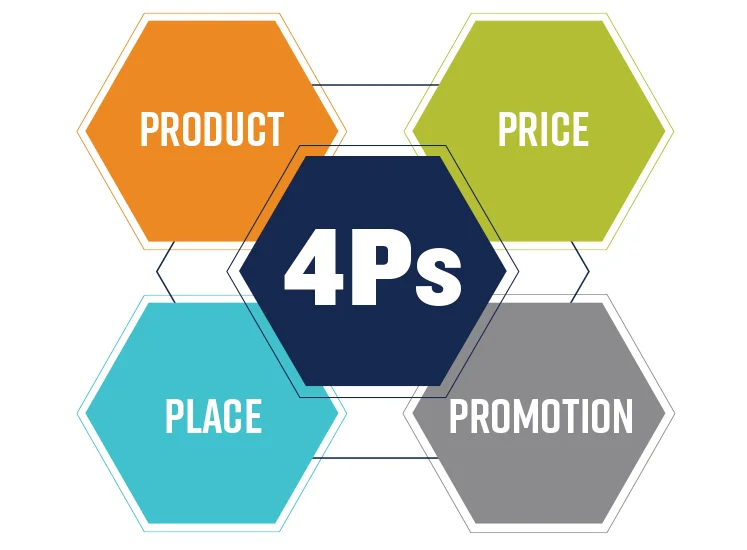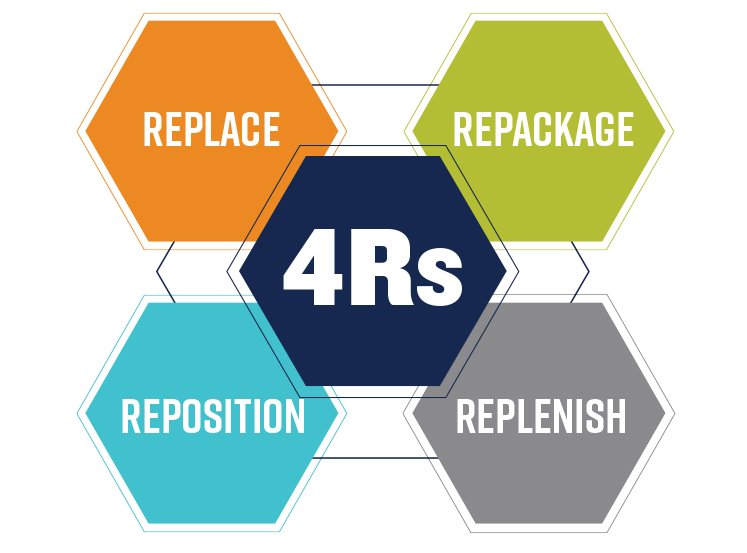
We like a lot of the things that they do at the fellow analytics firm, SKIM. We take a slightly different approach to understanding shopper response: we explore the historical context of the “wide-angle view” with all the competitive products in all the unique markets over a lengthy timeframe. However, the choice-based conjoint models that SKIM employs are looking for the same thing as Middlegame. How will shoppers choose from a series of different assortment, pricing, and merchandising options?
A month or so ago, while we were still in quarantine, one of the commercial team leaders at SKIM wrote a compelling article about how to restart your brand as we enter a post COVID-19 market. It appeared on the Food and Beverage Insider website. I really liked how the author suggested that the current uncertainty means that marketers need to “get back to basics” and focus on what they control within the tried-and-true 4Ps of product, price, place, and promotion.

It is important to see the 4Ps as a unified approach to presenting your brand in the marketplace and tipping the scales of shopper choice in your favour. Despite all the disruption in our lives and the subsequent turmoil, the foundations of choice behaviour remain constant. The SKIM guys do a good job at highlighting the basics of the 4Ps and the impacting change on context. But I think this goes a little bit deeper. The common denominator is simplicity.
As expected, the folks at McKinsey nail it with their take on approaching the product assortment question in a similar COVID-19 response paper. They highlight that SKU proliferation in the spirit of shopper variety really generates operational redundancy throughout the value chain with bad complexity often outweighing good complexity. This puts an enormous burden on the opportunity for the “win-win” outcome between manufacturers and retailer partners.
Channel partners run on very thin margins, so facilitating these crowded shelves filled with niche players and low-velocity items means they require an increase in promotional spending, slotting fees, and on/off invoice discounts. This focus on the retailer as opposed to shoppers is what created the vicious cycle that FMCG manufacturers have faced in the modern trade for a quarter of a century. As McKinsey points out, this can destroy value without streamlined planning and production.

I highlighted the importance of simplicity in a blog a few years back as well as referenced the “4Rs” by Steven Cristol and Peter Sealey consisting of Replace, Repackage, Reposition, and Replenish. Replenish stands for “a readily available, continuous supply of zero-defect products” so the shopper must only make the purchase decision once. This sounds like good advice when COVID-19 is sure to put a dent into the 12 seconds the average shopper spends deciding on a purchase.
Middlegame is the only ROMI consultancy of its kind that offers a holistic view of the implications of resource allocation and investment in the marketplace. Our approach to scenario-planning differs from other marketing analytics providers by addressing the anticipated outcome for every SKU (your portfolio and your competitors’) in every channel. Similar to the pieces in chess, each stakeholder can now evaluate the trade-offs of potential choices and collectively apply them to create win-win results.
